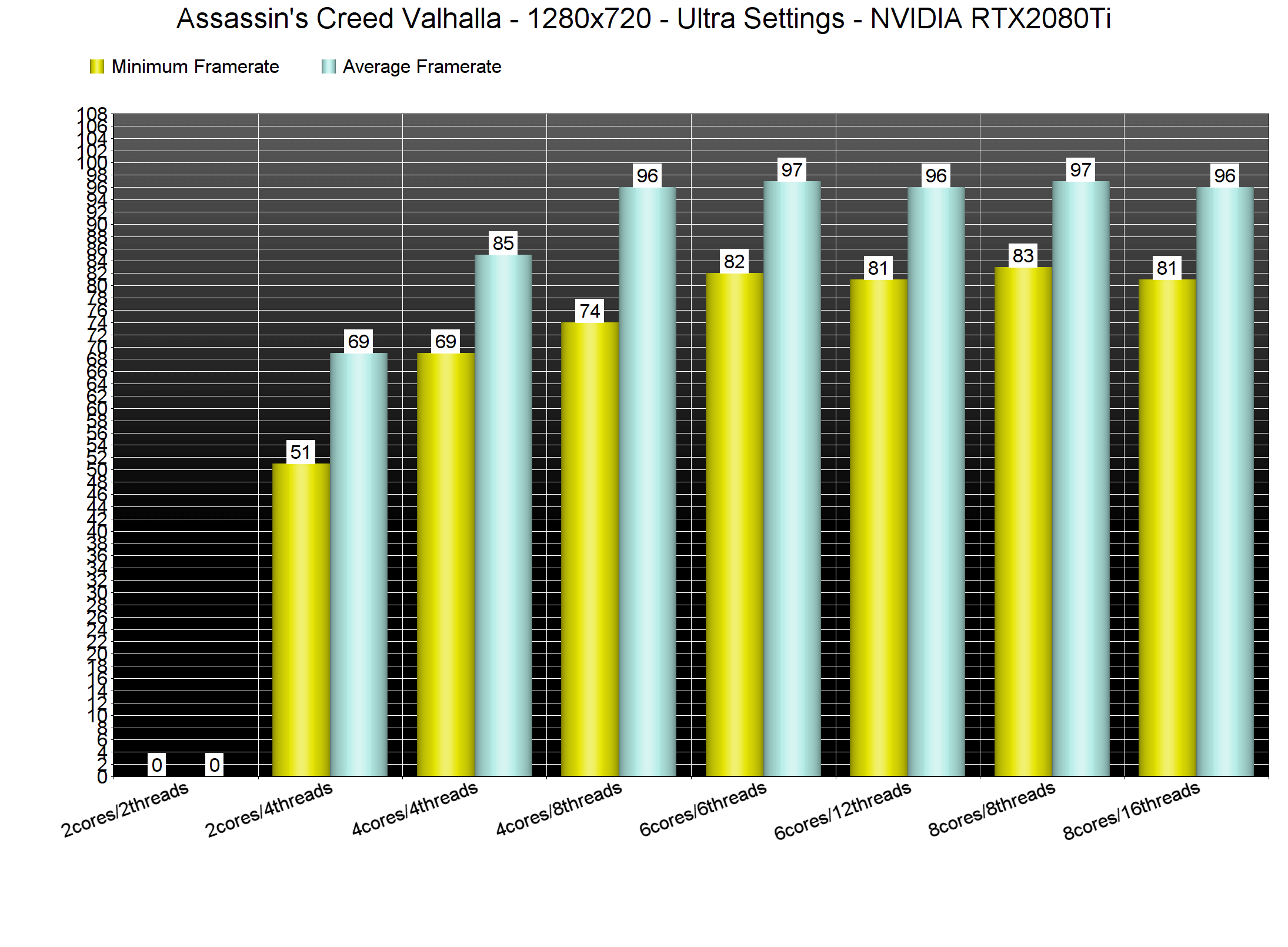
#2016 BENCHMARK TEST GPU CODE#
A significant challenge for Monte Carlo transport projects is to simultaneously support within a single source code base efficient simulations for both the current generation of architectures and the different advanced computing architectures. GPU architectures require additional code to explicitly use the hardware, requiring significant code changes or hardware specific branches in the source code. MIC architectures require vectorization to operate efficiently, more » and vectorization is difficult to achieve in Monte Carlo transport. Traditional approaches to Monte Carlo transport do not work efficiently on these new computing platforms. These different advanced architectures make the computing landscape in upcoming years complex. Lawrence Livermore National Laboratory's Sierra machine, available in 2018, will use an IBM PowerPC architecture along with Nvidia graphics processing unit (GPU) architecture accelerators. Los Alamos National Laboratory's Trinity machine, available in 2016, will use both Intel Xeon Haswell processors and Intel Xeon Phi Knights Landing many integrated core (MIC) architecture coprocessors. Power consumption considerations are driving future high performance computing platforms toward many-core computing architectures. Lastly, possible directions for future research are = ,
#2016 BENCHMARK TEST GPU SIMULATOR#
Noteworthy strides in power simulations for GPUs are included along with their performance or functional simulator counterparts when appropriate. Often building on the counter-based models, research efforts for GPU power simulation, which make power predictions from input code and hardware knowledge, provide opportunities for optimization in programming or architectural design. Developments and challenges of counter-based GPU power modeling is discussed.

Statistical correlation between power and performance counters has yielded worthwhile GPU power models, yet the complexity inherent to GPU architectures presents new hurdles for power modeling. Hardware counters, which are low-level tallies of hardware events, share strong correlation to power use and performance.

Moreover, as direct measurement of GPU power is necessary for model evaluation and parameter initiation, internal and external power sensors are discussed. Our work is a survey of GPU power modeling and profiling methods with increased detail on noteworthy efforts. Consequently, continued development relies on understanding their power consumption. Modern graphics processing units (GPUs) have complex architectures that admit exceptional performance and energy efficiency for high throughput applications.Though GPUs consume large amounts of power, their use for high throughput applications facilitate state-of-the-art energy efficiency and performance.


 0 kommentar(er)
0 kommentar(er)
